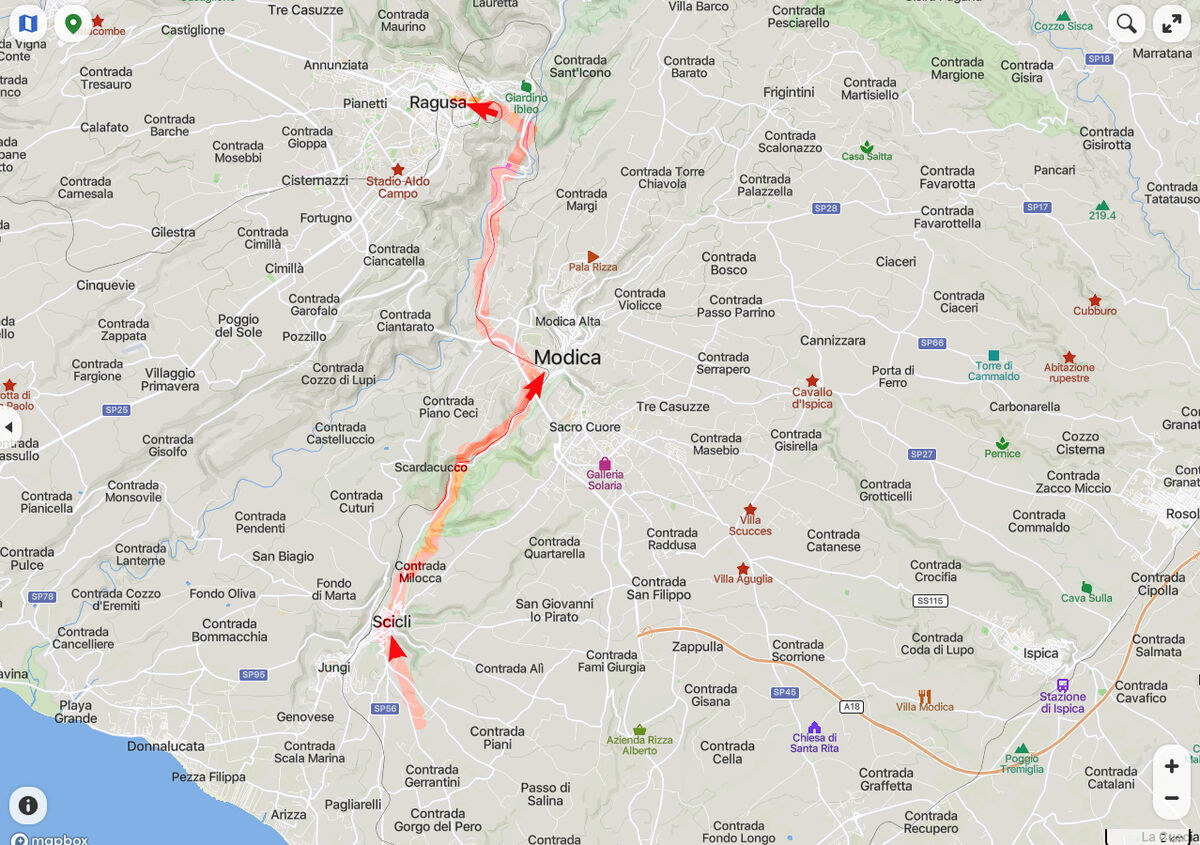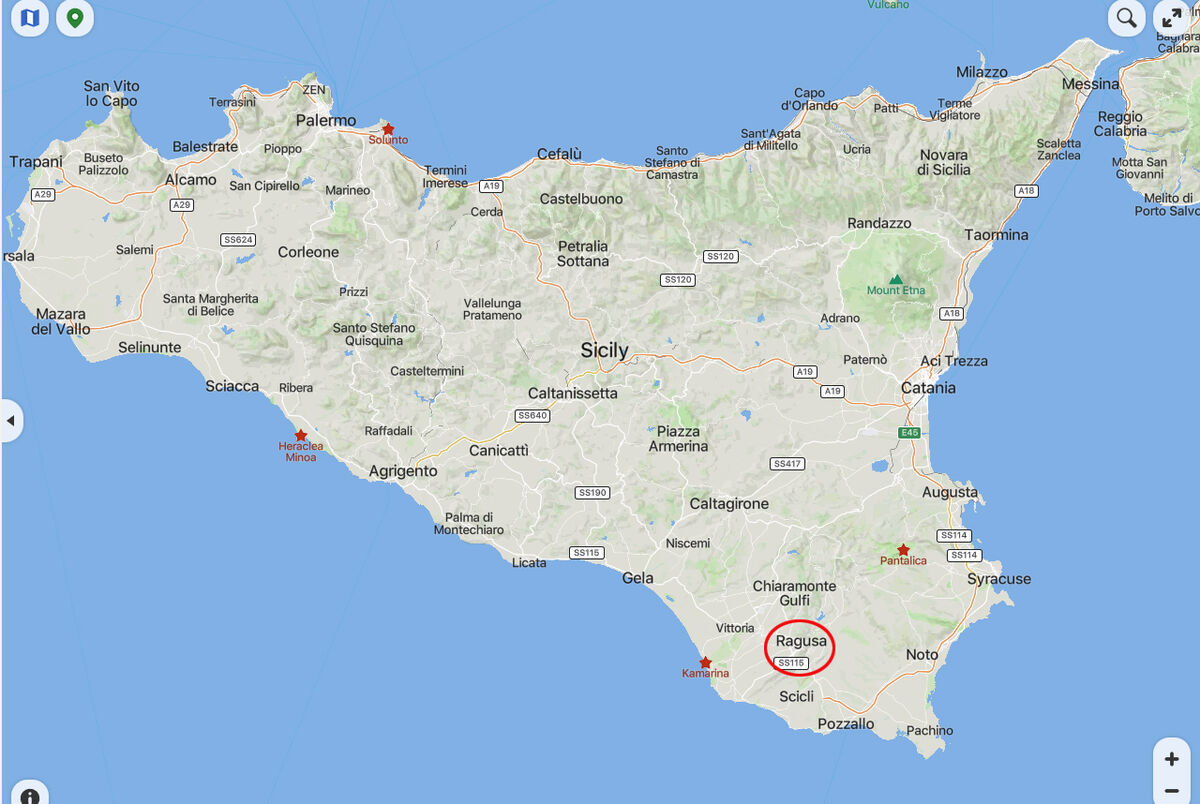Sicily: Ragusa Ibla Part 2
Apr 15, 2024 14:48:07 #
We continued our walk through Ragusa Ibla with a stroll through the Giardino Ibleo (Hyblean Garden). Here are some more images from this most interesting city as well as a continuation of yesterday's narrative.
Geography
Ragusa is a hilltown that lies below the Hyblaean Mountains, and is historically divided into Ragusa Ibla and Ragusa Superiore. The municipality borders with Chiaramonte Gulfi, Comiso, Giarratana, Modica, Monterosso Almo, Rosolini (SR), Santa Croce Camerina, Scicli and Vittoria. It counts the hamlets (frazioni) of Marina di Ragusa, located by the sea, and San Giacomo Bellocozzo.
Main sights
The city has two distinct areas, the lower and older town of Ragusa Ibla, and the higher Ragusa Superiore (Upper Town). The two halves are separated by the Valle dei Ponti, a deep ravine crossed by four bridges, the most noteworthy of which is the eighteenth-century Ponte dei Cappuccini.
Upper Town
Ragusa Cathedral, dedicated to Saint John the Baptist (San Giovanni Battista), is the biggest attraction in Ragusa Superiore. The church was originally located in the western part of ancient Ragusa, under the walls of the Mediaeval castle, where the small church of St. Agnese is today. A smaller building was quickly built on the site after the 1693 earthquake, which soon proved inadequate. The current edifice was built between 1718 and 1778, with a façade in typical southern Sicilian Baroque style, with three portals and sculptures representing the Madonna, St. John the Baptist and St. John the Evangelist. The upper columns have two clocks showing the time in Italian and French fashions respectively. The high bell tower, on the left side, is also in Baroque style.
The ornate Baroque interior has a Latin cross plan, with a nave and two aisles separated by three colonnades embellished with gold. Charts showing Bible verses referring to St. John the Baptist are over every column. The dome was built in 1783, and covered with copper sheets during the 20th century. The side chapels, characterized by altars decorated with polychrome marbles, date from the 19th century.
Also noteworthy is the Hyblean Archaeological Museum, with different sections devoted to archaeological finds from the Prehistoric to the Late Roman era.
Ragusa Ibla
Ragusa Ibla is home to a wide array of Baroque architecture, including several stunning palaces and churches:
Cathedral of San Giorgio: construction started in 1738 by architect Rosario Gagliardi, to replace temple destroyed by the 1693 earthquake. The church retains its older Catalan-Gothic style portal. The façade contains a flight of 250 steps and massive ornate columns, as well as statues of saints and decorated portals. The interior has a Latin Cross plan, with a nave and two aisles ending in half-circular apses. It is topped by a large Neoclassical dome built in 1820.
Santa Maria delle Scale ("Saint Mary of the Steps"): church lies a narrow winding street connecting Ragusa Ibla with Ragusa Superiore. Built between the 15th and the 16th centuries. While badly damaged in the 1693 earthquake, half of this church was rebuilt in Baroque style, while half retained the original Gothic style (including the three Catalan-style portals in the right aisle). The last chapel of the latter has a Renaissance portal. The chapels altarpieces are by 18th-century Sicilian painters of the 18th century.
Chiesa del Purgatorio: Dedicated to prayer for souls in purgatory, church has a baroque portal.
Santa Maria dell'Itria: built by the Knights of Malta in the 17th century, has a campanile with ceramics from Caltagirone and a canvas attributed to Mattia Preti.
San Filippo Neri
San Giorgio: designed by Rosario Gagliardi, church was built between 1739–1775, has a façade with tiers of juxtaposed columns. The Treasury contains silver items. Similar though smaller is the nearby church of San Giuseppe, with an elliptic interior housing a 17th-century statue.
Sant'Antonino: church exemplifies Norman architecture, characterized by a Gothic portal, while the Church of Immacolata boasts a fine fourteenth-century portal.
San Giorgio Vecchio: church boasts a façade with a notable Gothic-Catalan portal, with a high lunette portraying St George Killing the Dragon, and Aragonese eagles.
Hyblean Garden: offers a good view to the three churches of the Cappuccini Vecchi, St. James (fourteenth century) and San Domenico.
Zacco Palace: Baroque building, has Corinthian columns support balconies of wrought iron work, caryatids and grotesques.
Villa Zinna: country estate.
https://en.wikipedia.org/wiki/Ragusa,_Sicily
The Hyblean Garden is the oldest of the four major gardens in Ragusa.
The garden of Ragusa Ibla was built in 1858 on the initiative of some local nobles and of most of the people, who worked for free for its building.
It is located on a rock overlooking the Irminio valley, on the eastern edge of the town, 385 m a.s.l. The entrance features a magnificent boulevard lined with palm trees, decorated with carved benches, columns with carved stone vases and an elegant balcony with fence in limestone. In the middle of the garden there is an impressive monument dedicated to the fallen of the Great War. Inside, there is the church of St. Vincenzo Ferreri, the Church of St. James and the Church of the Capuchins. Near the garden, there are the archaeological excavations of Ragusa Ibla, where many evidences of the ancient Hybla have been found.
http://www.sicilyforall.com/?destinazioni=the-hyblean-garden&lang=en
Geography
Ragusa is a hilltown that lies below the Hyblaean Mountains, and is historically divided into Ragusa Ibla and Ragusa Superiore. The municipality borders with Chiaramonte Gulfi, Comiso, Giarratana, Modica, Monterosso Almo, Rosolini (SR), Santa Croce Camerina, Scicli and Vittoria. It counts the hamlets (frazioni) of Marina di Ragusa, located by the sea, and San Giacomo Bellocozzo.
Main sights
The city has two distinct areas, the lower and older town of Ragusa Ibla, and the higher Ragusa Superiore (Upper Town). The two halves are separated by the Valle dei Ponti, a deep ravine crossed by four bridges, the most noteworthy of which is the eighteenth-century Ponte dei Cappuccini.
Upper Town
Ragusa Cathedral, dedicated to Saint John the Baptist (San Giovanni Battista), is the biggest attraction in Ragusa Superiore. The church was originally located in the western part of ancient Ragusa, under the walls of the Mediaeval castle, where the small church of St. Agnese is today. A smaller building was quickly built on the site after the 1693 earthquake, which soon proved inadequate. The current edifice was built between 1718 and 1778, with a façade in typical southern Sicilian Baroque style, with three portals and sculptures representing the Madonna, St. John the Baptist and St. John the Evangelist. The upper columns have two clocks showing the time in Italian and French fashions respectively. The high bell tower, on the left side, is also in Baroque style.
The ornate Baroque interior has a Latin cross plan, with a nave and two aisles separated by three colonnades embellished with gold. Charts showing Bible verses referring to St. John the Baptist are over every column. The dome was built in 1783, and covered with copper sheets during the 20th century. The side chapels, characterized by altars decorated with polychrome marbles, date from the 19th century.
Also noteworthy is the Hyblean Archaeological Museum, with different sections devoted to archaeological finds from the Prehistoric to the Late Roman era.
Ragusa Ibla
Ragusa Ibla is home to a wide array of Baroque architecture, including several stunning palaces and churches:
Cathedral of San Giorgio: construction started in 1738 by architect Rosario Gagliardi, to replace temple destroyed by the 1693 earthquake. The church retains its older Catalan-Gothic style portal. The façade contains a flight of 250 steps and massive ornate columns, as well as statues of saints and decorated portals. The interior has a Latin Cross plan, with a nave and two aisles ending in half-circular apses. It is topped by a large Neoclassical dome built in 1820.
Santa Maria delle Scale ("Saint Mary of the Steps"): church lies a narrow winding street connecting Ragusa Ibla with Ragusa Superiore. Built between the 15th and the 16th centuries. While badly damaged in the 1693 earthquake, half of this church was rebuilt in Baroque style, while half retained the original Gothic style (including the three Catalan-style portals in the right aisle). The last chapel of the latter has a Renaissance portal. The chapels altarpieces are by 18th-century Sicilian painters of the 18th century.
Chiesa del Purgatorio: Dedicated to prayer for souls in purgatory, church has a baroque portal.
Santa Maria dell'Itria: built by the Knights of Malta in the 17th century, has a campanile with ceramics from Caltagirone and a canvas attributed to Mattia Preti.
San Filippo Neri
San Giorgio: designed by Rosario Gagliardi, church was built between 1739–1775, has a façade with tiers of juxtaposed columns. The Treasury contains silver items. Similar though smaller is the nearby church of San Giuseppe, with an elliptic interior housing a 17th-century statue.
Sant'Antonino: church exemplifies Norman architecture, characterized by a Gothic portal, while the Church of Immacolata boasts a fine fourteenth-century portal.
San Giorgio Vecchio: church boasts a façade with a notable Gothic-Catalan portal, with a high lunette portraying St George Killing the Dragon, and Aragonese eagles.
Hyblean Garden: offers a good view to the three churches of the Cappuccini Vecchi, St. James (fourteenth century) and San Domenico.
Zacco Palace: Baroque building, has Corinthian columns support balconies of wrought iron work, caryatids and grotesques.
Villa Zinna: country estate.
https://en.wikipedia.org/wiki/Ragusa,_Sicily
The Hyblean Garden is the oldest of the four major gardens in Ragusa.
The garden of Ragusa Ibla was built in 1858 on the initiative of some local nobles and of most of the people, who worked for free for its building.
It is located on a rock overlooking the Irminio valley, on the eastern edge of the town, 385 m a.s.l. The entrance features a magnificent boulevard lined with palm trees, decorated with carved benches, columns with carved stone vases and an elegant balcony with fence in limestone. In the middle of the garden there is an impressive monument dedicated to the fallen of the Great War. Inside, there is the church of St. Vincenzo Ferreri, the Church of St. James and the Church of the Capuchins. Near the garden, there are the archaeological excavations of Ragusa Ibla, where many evidences of the ancient Hybla have been found.
http://www.sicilyforall.com/?destinazioni=the-hyblean-garden&lang=en
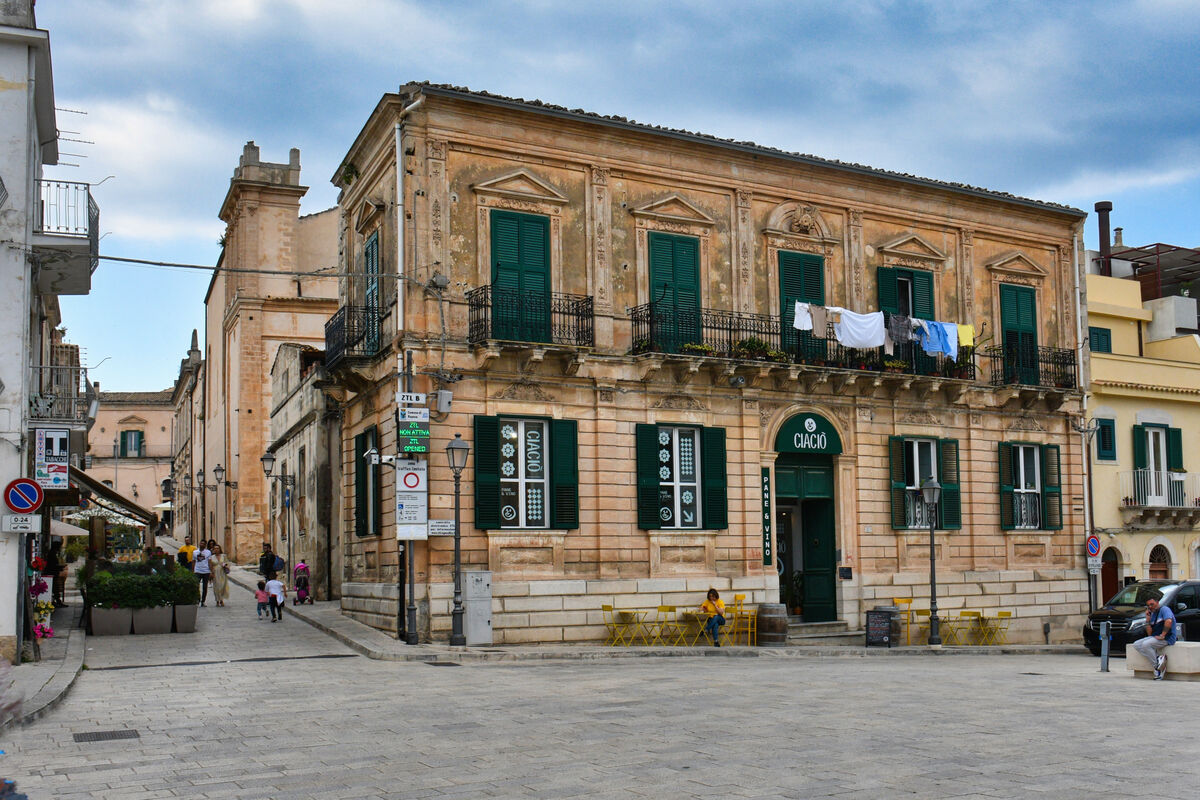
(Download)
The Church of San Giacomo of Ragusa is one of the three churches of the Hyblaean Garden. It was built in the 14th century.
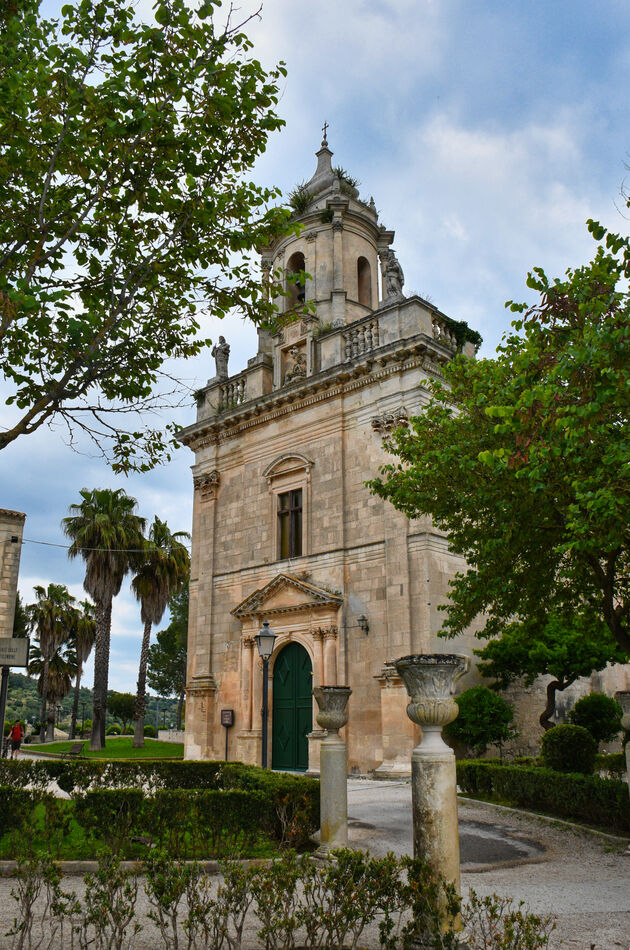
(Download)
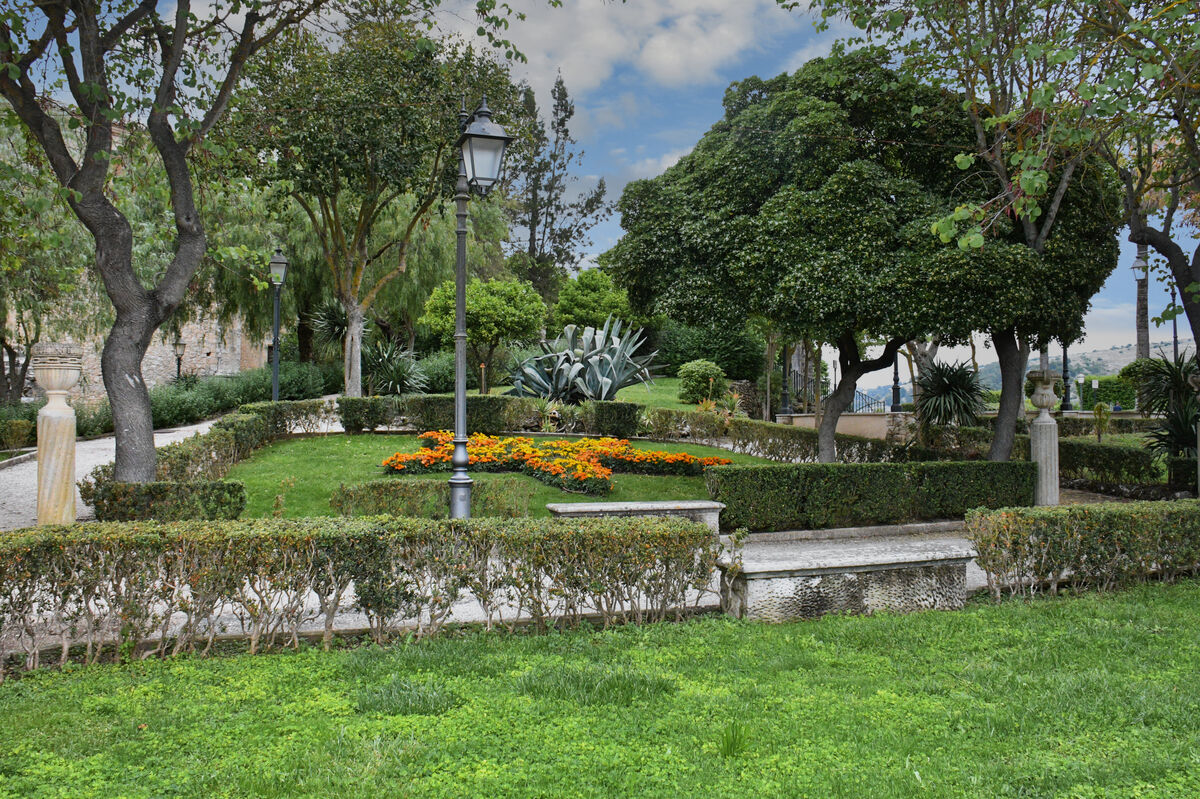
(Download)
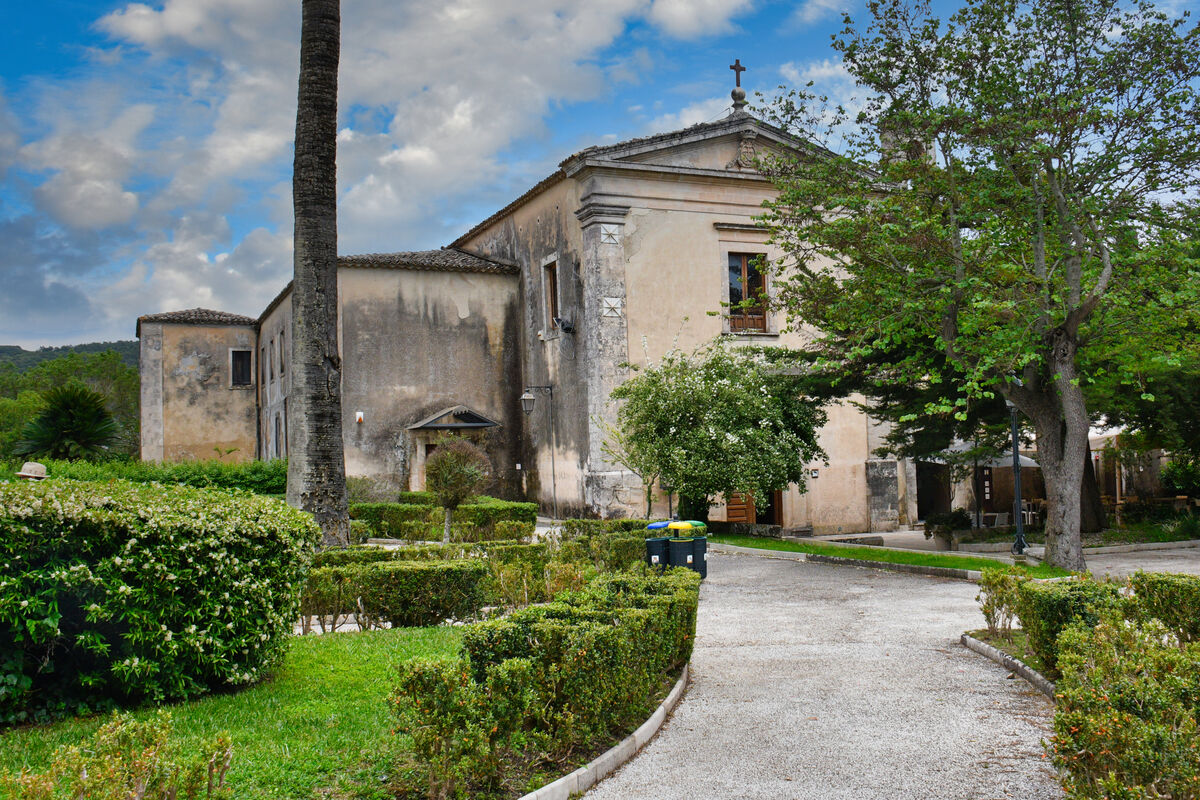
(Download)
World War I memorial
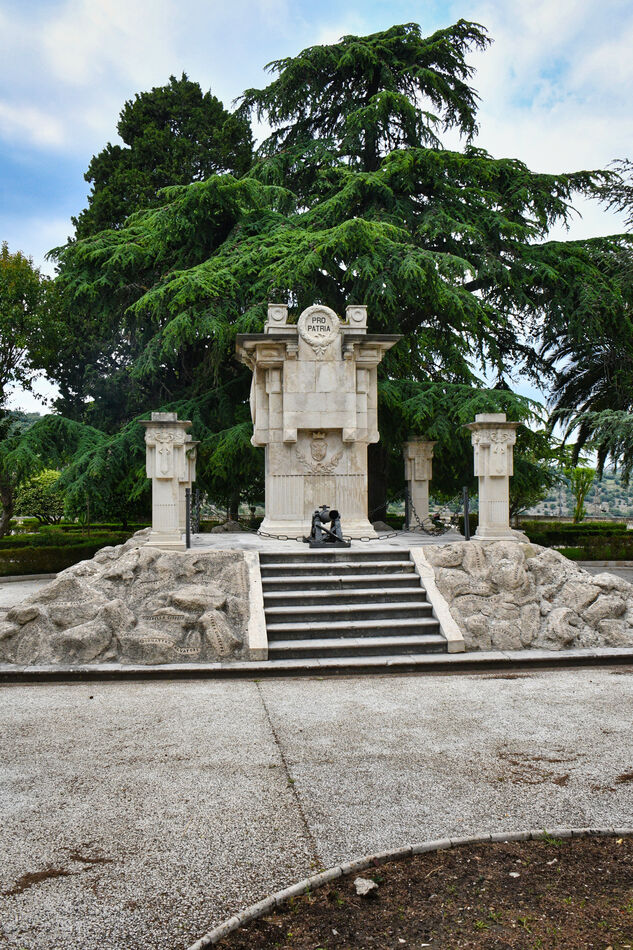
(Download)
View from the garden
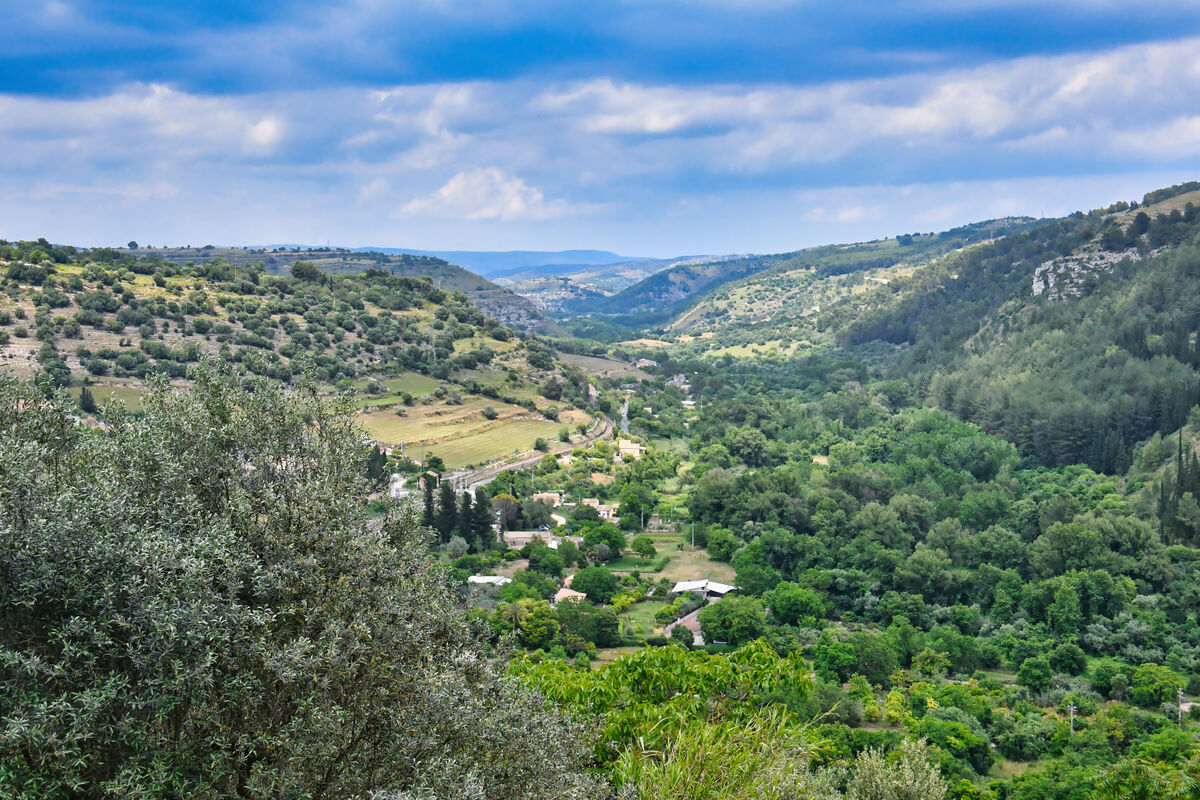
(Download)
Ragusa Cathedral built in 1718 from the garden
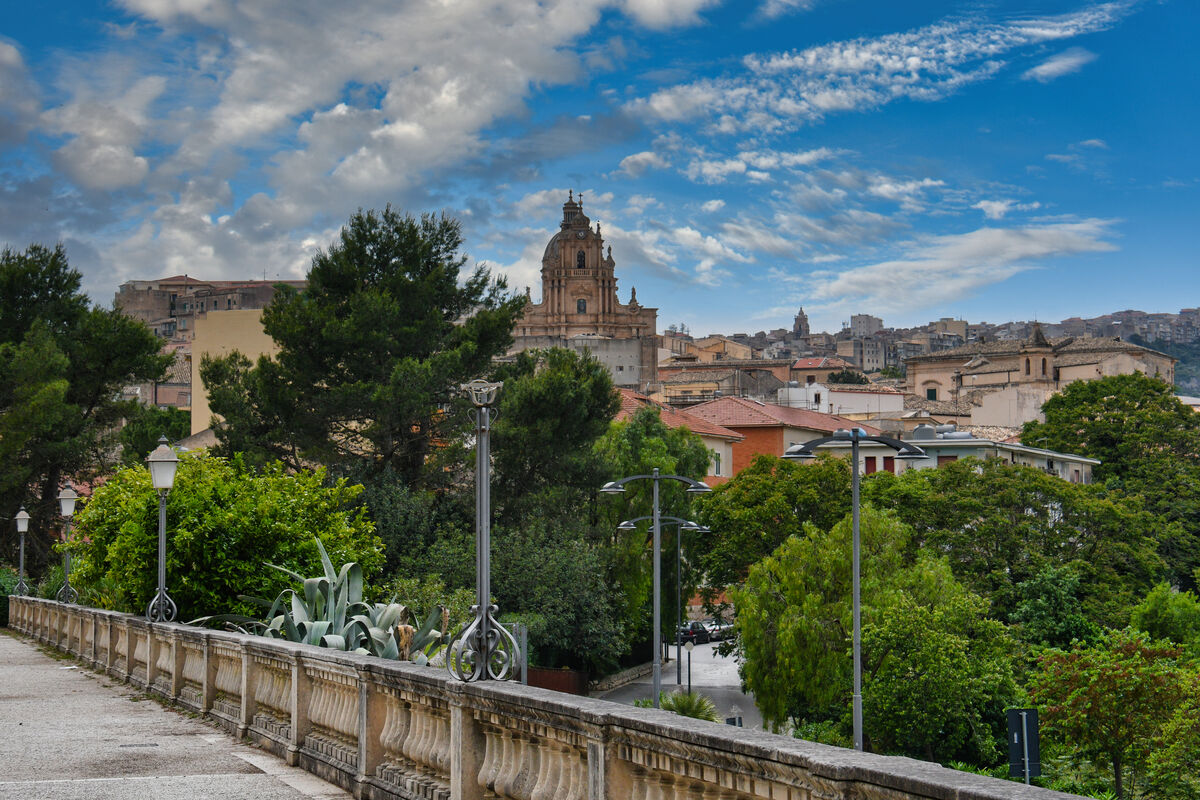
(Download)
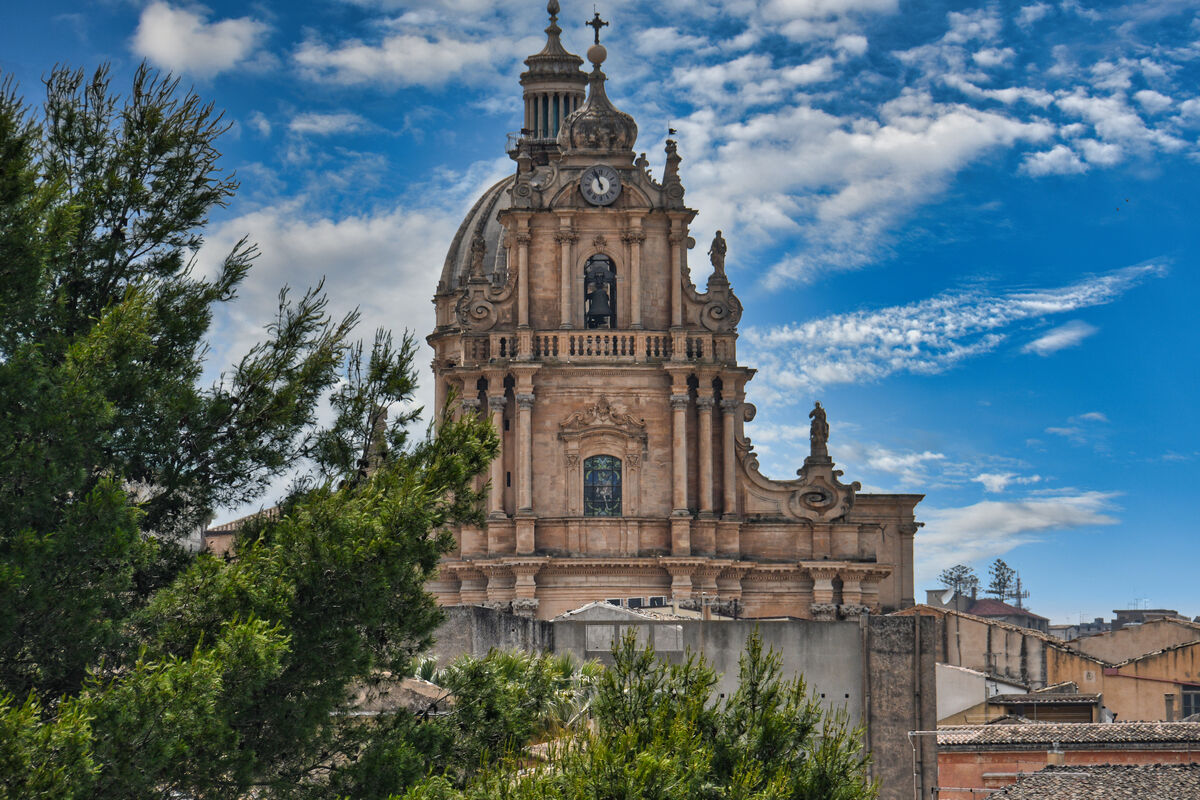
(Download)
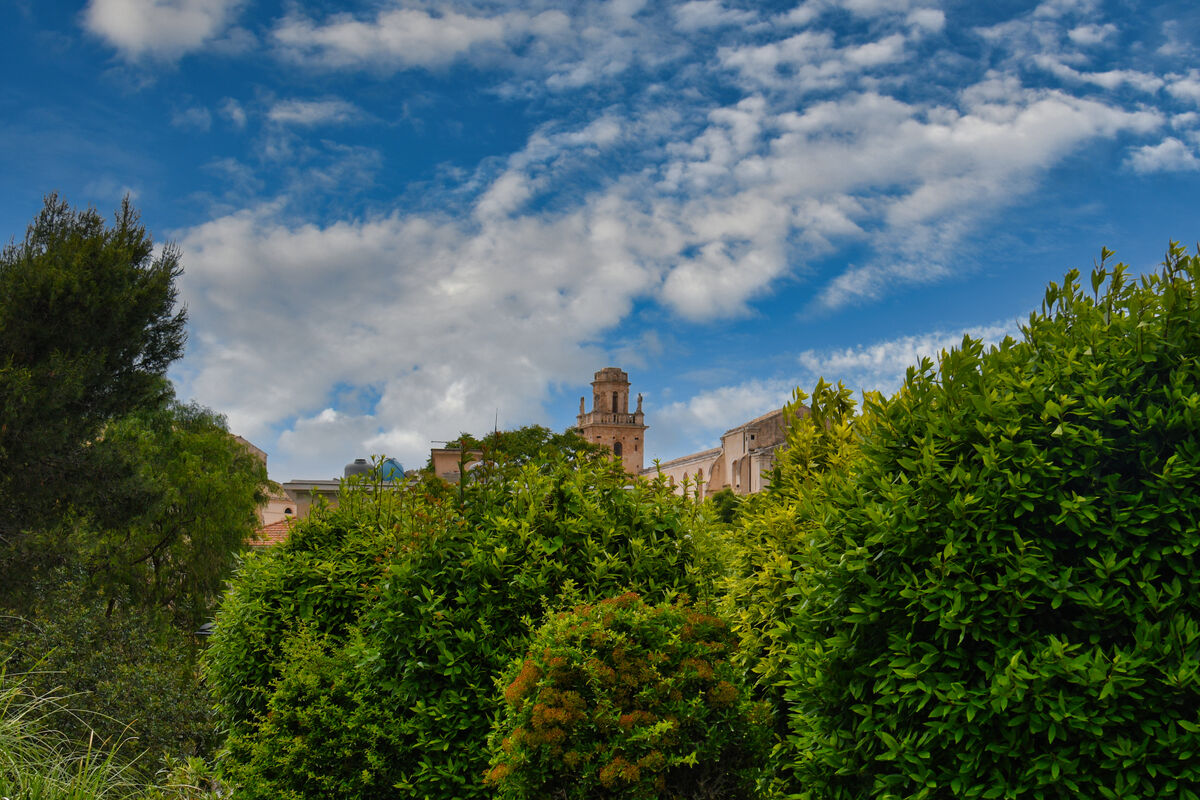
(Download)
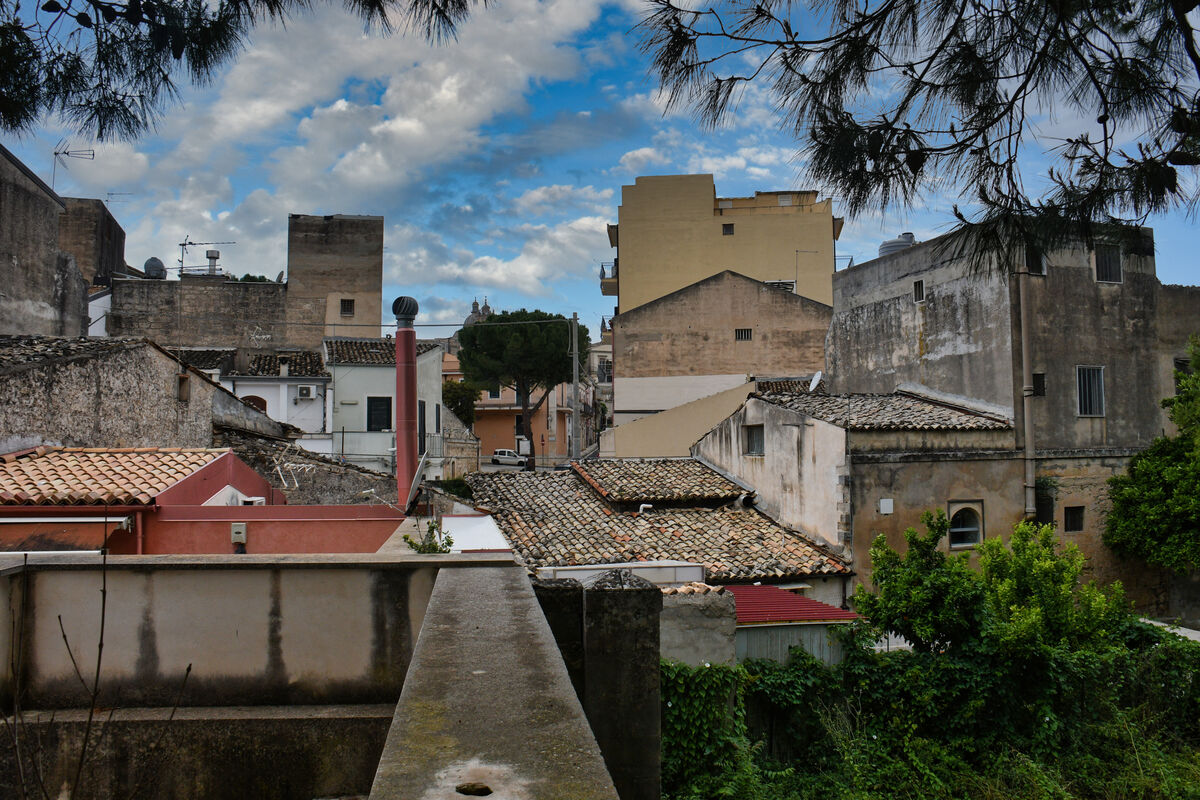
(Download)
Apr 15, 2024 14:49:27 #
Apr 15, 2024 14:54:38 #
Apr 15, 2024 15:25:44 #
Apr 15, 2024 17:16:02 #
srfmhg wrote:
We continued our walk through Ragusa Ibla with a s... (show quote)
Great set Mark, interesting and well photographed. I'm anxious to get back to Italy.
Apr 15, 2024 17:23:35 #
Apr 15, 2024 18:04:37 #
NMGal wrote:
The ones in and from the gardens are great.
Thanks very much Barbara.
Apr 15, 2024 18:05:03 #
kpmac wrote:
Excellent, Mark. The garden images are really special.
Thank you very much Ken.
Apr 15, 2024 18:05:49 #
DJphoto wrote:
Great set Mark, interesting and well photographed. I'm anxious to get back to Italy.
Thanks very much Dennis. You can't get enough of Italy.
Apr 15, 2024 18:06:07 #
Apr 15, 2024 18:12:52 #
Apr 15, 2024 18:17:18 #
UTMike wrote:
Beautiful work on a lovely day, Mark.
Thanks very much Mike. It's nice when Mother Nature cooperates.
Apr 16, 2024 06:36:08 #
srfmhg wrote:
We continued our walk through Ragusa Ibla with a s... (show quote)
Fantastic set!!! Mark
Apr 16, 2024 07:16:00 #
Apr 16, 2024 07:53:20 #
If you want to reply, then register here. Registration is free and your account is created instantly, so you can post right away.

